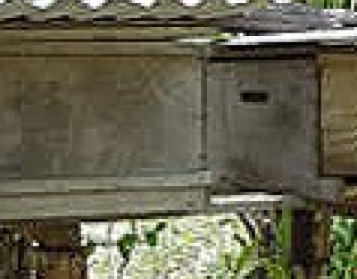Apiculture and Honey Production
Apiculture and Honey Production

Traditionally, its extraction, in nature, is made with the use of an axe and fire to generate smoke, leading to the mutilation of the tree, killing of the bees and of the queen and, according to studies by EMBRAPA, it is responsible for 16% of the fires on the plains.
Since 1995, we have maintained between 15 and 20 nests or comb frames (appropriate boxes for bee raising), and thereby we produce around 400kg of delicious and nutritious honey, 100% organic, served to our guests, besides avoiding the risk of fires.
This project, done in partnership with apiarist Laerte, qualifies this measure as a social-environmental action, once it generates direct resources in the community.


